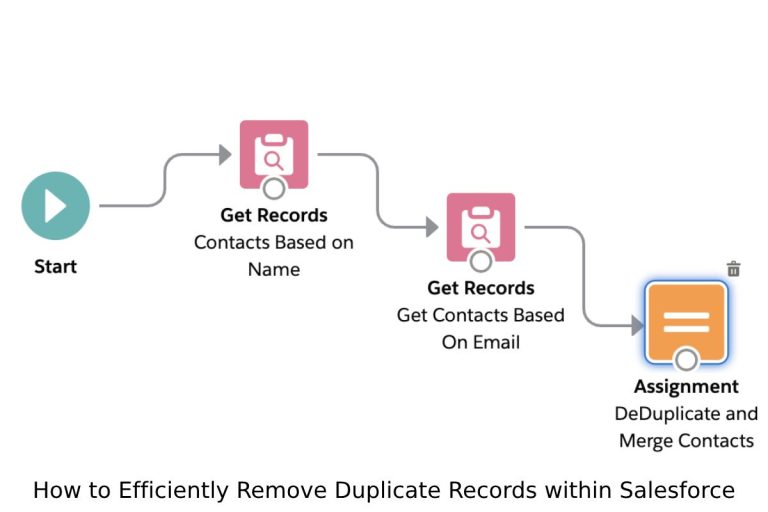Every business, no matter how big or small, has one thing in common: they need energy. Whether it’s the local bakery down the street or a multinational tech corporation, energy underpins every aspect of the operation. Yet, many enterprises overlook a vital opportunity to save money and cut carbon emissions. It’s high time for every business to consider an energy audit.
Table of Contents
Seeing the Unseen: What is an Energy Audit?
A sense of mystery surrounds energy audits in many business offices. They’re not just for the eco-warriors or the overly technical. Simply put, an energy audit is like a health check-up for your company’s energy usage. It breaks down how much energy is used, wasted, and where. It’s all about getting the facts straight and not assuming all’s well until the next electric bill shocks you into reality.
When embarking on an energy audit, businesses can expect a structured approach that peeks into every nook and cranny of their energy consumption patterns. This process isn’t about finger-pointing or blame. Instead, it focuses on creating a comprehensive picture of how energy is used throughout operations, pinpointing areas that often slip under the radar. By encompassing every aspect, from heating systems to lighting fixtures, audits help demystify the energy consumption enigma.
To complement the insights gained from an energy audit, businesses should consider evaluating commercial electricity rates. This can help ensure that the energy being consumed is not only efficient but cost-effective. Identifying the best rates can make a significant difference in a company’s financial health and sustainability goals.
More Than Just Numbers on a Bill
Energy costs are sneaky. At first glance, they seem manageable. But dig deeper, and you’ll realize they’re a silent drain on resources. Imagine competing in a marathon but with a backpack full of rocks. That’s what overpaying for energy feels like for your business. An energy audit takes those rocks out of your pack, making the race to success a bit more bearable.
Beyond the numbers, audits offer insights into usage patterns that can guide strategic planning. Decisions that were simply based on gut feelings or assumptions can now be backed by solid data. This newfound transparency allows businesses to reexamine practices and embrace conservation without compromising on productivity or comfort, leading to sustainable long-term change.
Cost Domino Effect
Think saving a few bucks on energy is not worth the hassle? Think again. Lower energy costs can lead to better resource allocation, new talent acquisition, or even an overdue office makeover. And don’t think small when it comes to savings; small patches of green add up to a forest.
Environmental Gold Star
Earth is on fire figuratively and, quite literally, in some places. Every conscious business should want to toss some water on the flames. Conducting an energy audit is a straightforward way to take tangible action for the environment. Cut down on energy waste and be a part of the broader solution. Who knows, your efforts might inspire others and light up a chain reaction in the industry.
Participating in the global movement towards energy accountability not only boosts a company’s reputation but also aligns it with emerging regulations and incentives. Governments and environmental bodies worldwide are recognizing the importance of sustainable practices, and businesses that are early adopters will undoubtedly hold an advantage. With these benefits on the horizon, the question isn’t “Why do an energy audit?” but rather “Why not?”
Unveiling Hidden Opportunities
Energy audits rarely come up empty-handed. Often, they reveal outdated tech, inefficient lighting, or phantom power drains. Upgrading or addressing these issues creates room for innovation. Suddenly, business owners aren’t just running on default. They’re making quantified decisions that translate into profits.
Moreover, energy audits open the doors to potential partnerships with vendors and suppliers, who can offer upgraded, sustainable options. With a detailed understanding of current inefficiencies, business leaders can negotiate better deals, explore green technologies, or even collaborate on custom solutions tailored specifically to their needs. It’s an avenue toward creative, unexpected solutions that enhance both economic and environmental performance.
The Competitive Shape-Shifter
In today’s aggressive market, standing out isn’t a choice—it’s survival. And customers take notice of businesses taking sustainable steps. An energy audit can be that edge—the not-so-secret sauce that sets you apart and marinates your brand with the flavor of progress and responsibility.
The Starting Block
Getting started is easier than you think. External consultants or hiring an in-house expert are viable options. Heck, there are free tools out there to kick off the process. Knowledge is power, and sometimes that knowledge can keep your lights on—figuratively and quite literally.
The Verdict
The intelligent choice is clear. Every business needs an energy audit, with no exceptions. It’s not just the money and Earth you’ll be saving; it’s also a matter of staying ahead in a fierce race. If you’re not auditing, you’ll eventually be auditing your mistakes. The right time to look into it was yesterday, but today will have to do.










